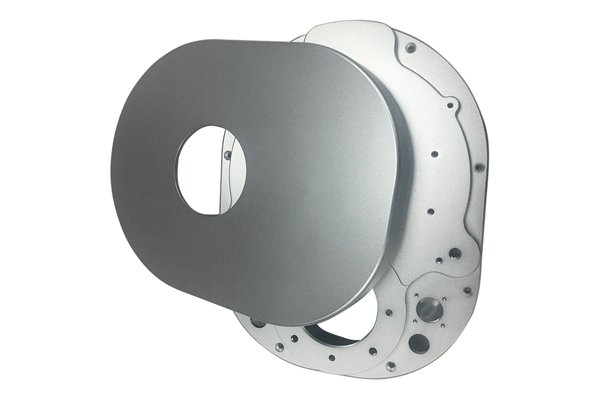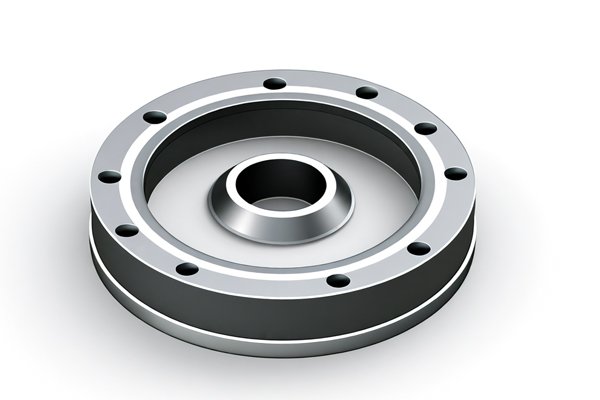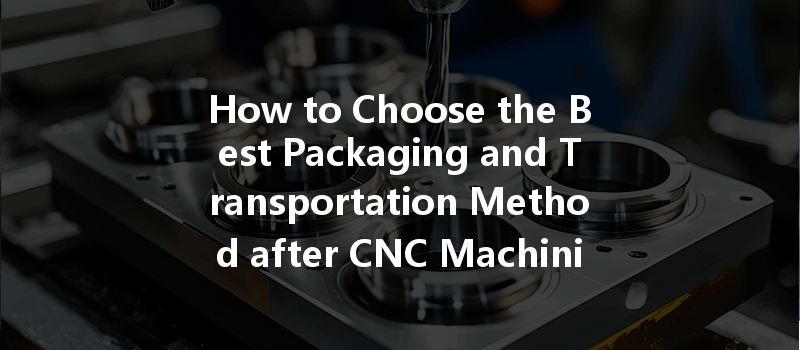In the world of manufacturing, precision doesn’t just stop at the design and machining of parts; it extends to how these parts are packaged and transported. For companies like YL Machining, which specializes in CNC machining of aluminum components, the journey of a part from the CNC machine to its final destination is paramount. Packaging and transportation are critical aspects that directly affect product quality, cost, and customer satisfaction.
In this comprehensive guide, we will explore the complexities involved in selecting the best packaging and transportation methods for CNC-machined aluminum parts. From understanding the physical properties of aluminum to evaluating transportation logistics, we will delve into all necessary considerations.
By the end, you will have a well-rounded framework for making informed decisions that enhance your supply chain efficiency and protect your products.
Chapter 1: Understanding Aluminum Properties
1.1 Lightweight yet Durable
Aluminum is celebrated for its lightweight yet sturdy characteristics. Its density is about one-third that of steel, making it an ideal choice for industries like aerospace and automotive, where weight reduction is crucial. However, this material’s lightweight nature also means it is susceptible to damage during transit if not adequately protected.
1.2 Corrosion Resistance

Aluminum naturally forms a thin oxide layer that protects it from corrosion. However, specific alloys may not be as resistant and can corrode under certain environmental conditions. Understanding the particular type of aluminum being transported is vital in selecting the appropriate packaging to enhance its longevity.
1.3 Thermal Conductivity
Aluminum is an excellent conductor of heat, which can lead to temperature-related challenges during transportation. If exposed to extreme conditions, thermal changes can lead to deformations or changes in material properties. Thus, temperature control during transportation may need to be considered, especially for parts that will undergo subsequent thermal treatments.
Chapter 2: Packaging Solutions for CNC Machined Aluminum Parts
2.1 The Importance of Packaging
Packaging serves multiple purposes:
2.2 Types of Packaging Materials
2.3 Packaging Design Best Practices
Chapter 3: Transportation Methods
3.1 Analyzing Transportation Options
Choosing the right mode of transportation is critical in ensuring the integrity of your CNC-machined aluminum parts. The primary modes include:

3.2 Factors Influencing Transportation Decisions
Chapter 4: Supply Chain Risk Management
4.1 Identifying Potential Risks
As with any manufacturing process, risks exist in the supply chain that can affect packaging and transportation. These risks can include:
4.2 Mitigating Risks
Chapter 5: Case Studies and Examples
5.1 Successful Implementations
Taking a closer look at how other companies have successfully implemented their packaging and transportation methods can provide valuable insights into best practices.
A prominent aerospace firm faced challenges with damage during transit. They adopted customized foam inserts combined with wooden crates, leading to a reduction in damages by 60%.
A company specializing in automotive parts shifted to recyclable plastic containers for regional delivery. This change not only cut costs by 30% but also enhanced their brand image through sustainability.
Chapter 6: Future Trends in Packaging and Transportation
As the industry evolves, so do innovations in packaging and transportation. Emerging trends to watch include:
In the journey of CNC machined aluminum parts from workshop to client, packaging and transportation serve as vital links in the supply chain. By understanding aluminum properties, selecting appropriate packaging solutions, and employing effective transportation methods, companies can ensure product integrity while optimizing costs.
At YL Machining, we believe that every part we manufacture deserves a thorough consideration of its packaging and transport, reflecting our deep commitment to quality and customer satisfaction. Explore each facet of your supply chain thoughtfully, and you’ll not only meet your customers’ expectations but exceed them.
In this evolving landscape of manufacturing, staying updated with best practices will empower you to navigate complexities effectively and continue to deliver exceptional value to your clients. Thank you for joining us in this exploration of the vital role of packaging and transportation in the CNC machining industry.




